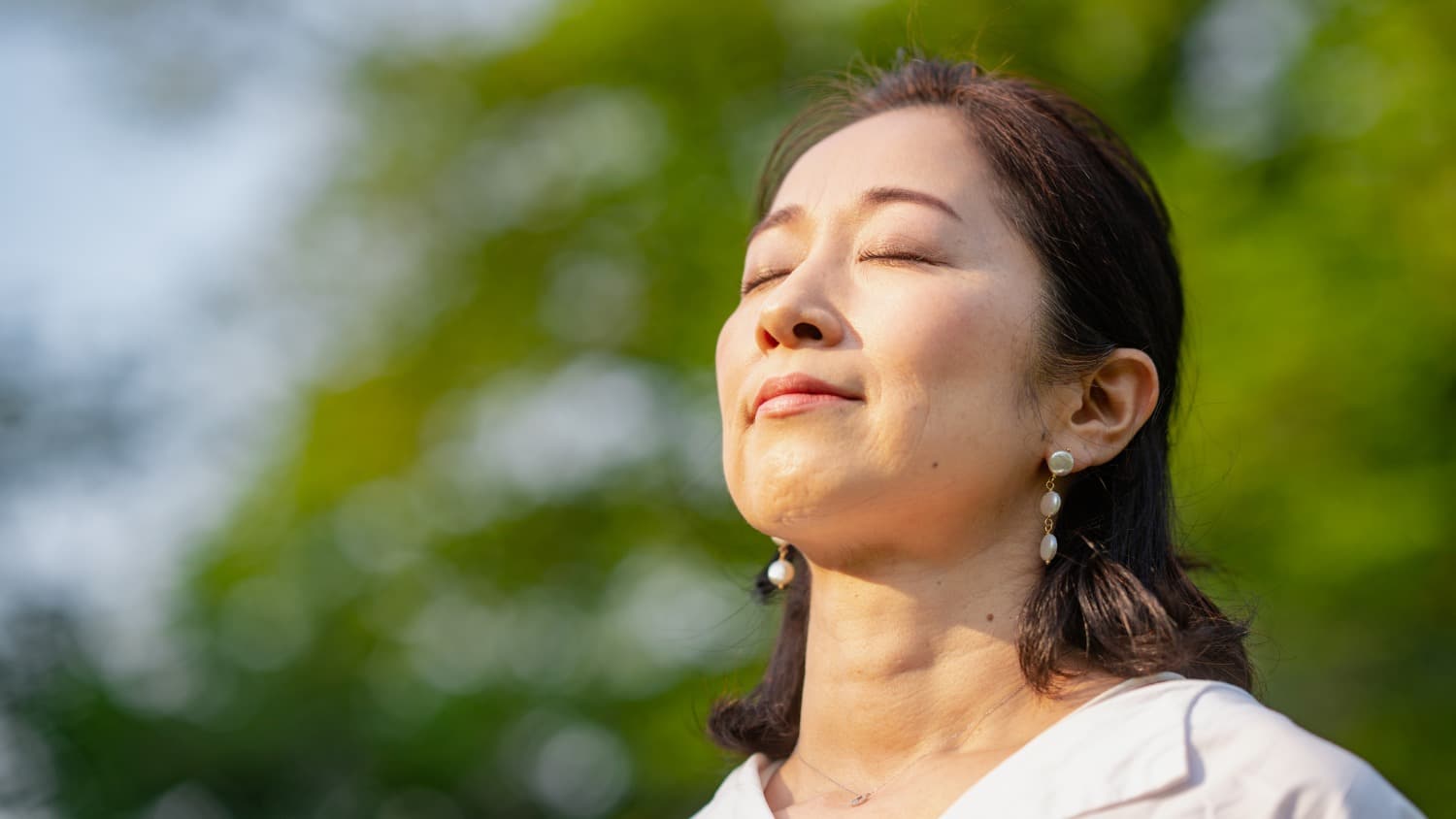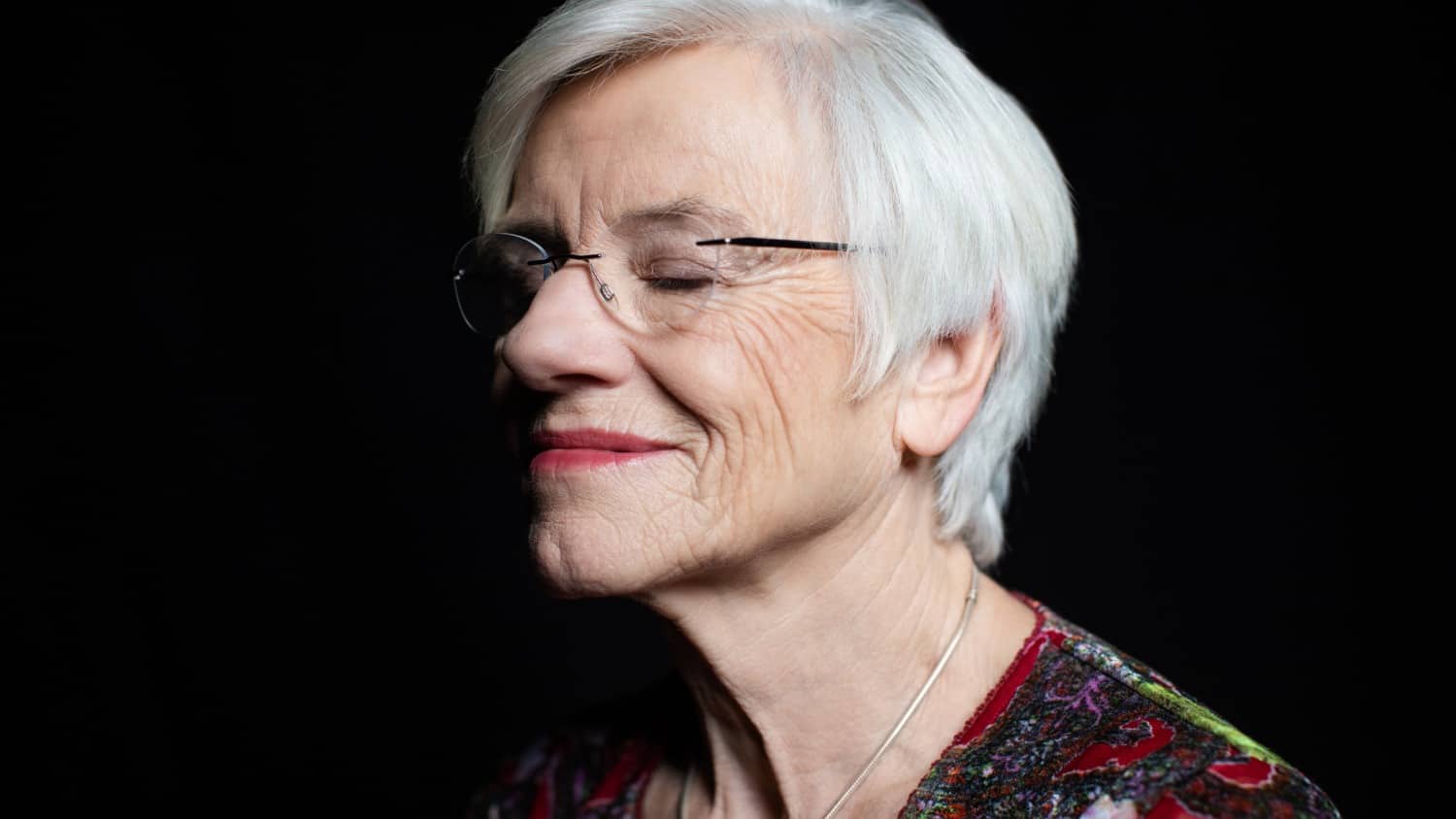
Mindfulness – What Does It All Really Mean?
As we get older, life can become less hectic, especially as we move away from working longer hours, raising young children, and everything in between. With that, older adults are more likely to experience a new set of life challenges that can impact their emotional and mental state like loneliness or isolation, changes in health, chronic pain, and loss of friends or family. These life-altering changes can lead to difficult emotions like anxiety, grief, or depression.
In navigating new emotions and experiences, one of the most important things we can all do is aim to stay present and keep an open mind to all our thoughts and feelings, accept them for what they are with no judgment good or bad. Research on the mind-body connection has shown that mental and emotional health are also important aspects of one’s physical well-being. A great tool for this is a strong mindfulness practice.
What is Mindfulness Anyways?
Mindfulness is a popular form of meditation and awareness that can help you maintain a healthy physical, mental, and emotional state of mind. The goal is to help you stay present in the moment, tuning into yourself and your immediate surroundings. Mindfulness is proven to have many health benefits, not to mention regular practices can leave you feeling more grounded, provide a more positive outlook on life, and may even ease worries and anxiety.
A 2012 study reported that a simple eight-week meditation program reduced loneliness in older adults. Additional benefits include improved brain function and reduced risk of certain health conditions such as chronic stress, hypertension, heart diseases, and other illnesses that older adults may be at higher risk of developing. Consistent mindfulness meditation has even been shown in clinical trials to reduce chronic pain by as much as 57 percent.
Easy Ways to Practice Mindfulness
If mindfulness isn’t already a part of your daily routine or if you’re interested in going a bit deeper, here are a few activities to consider.
Daily Breathing Practices
The most tried and true practice is connecting with your breath. Sit, stand, or lie comfortably, with your eyes closed, and bring awareness to your breath as you inhale and exhale. Notice how your body feels as you breathe in and then out.
“Box Breath” is a common breathing exercise that includes inhaling to the count of four, holding the breath to the count of four, exhaling to the count of four, and holding to the count of four.
Positive Affirmations
Sometimes we need some encouragement, and it starts with how we talk to ourselves. Repeating positive affirmations challenges negative thoughts and helps rewire our conscious and subconscious minds and bring us into the present.
Positive affirmations could include something like: “I release any negative thoughts that do not serve me,” or “Every day I am making a positive impact in the world.” Choose something simple that has a deeper meaning for you.
Coloring
The act of coloring allows the body and mind to relax as your brain focuses on the art or drawing in front of you. Try assigning colors to what you feel or allowing yourself the pleasure of coloring outside the lines!
Journaling
Putting pen to paper through journaling can provide another outlet to help you examine your inner thoughts and feelings, no matter what they may be. Feel free to sit down and just start writing or select a prompt question that could help guide your journaling session.
Connecting with Nature
If you are able, take a daily walk outdoors, soak up the daylight and the fresh air. Focus on what you see, feel, smell, and hear. Try to slow down and notice the little things. Tending to a garden, or even taking a moment for simple reminders and connections like listening to the raindrops as they fall, can have a similar effect.
If you need an added incentive, consider experimenting with some of these practices with a friend. Challenge each other to incorporate new practices into your morning routines, connect with nature together, or simply check in with your friends to express your gratitude for them.
People who practice daily mindful activities report a more positive outlook on life, live with greater enthusiasm and less worry. So, take a deep breath, and enjoy being present.
Let’s Have a Conversation:
Do you have any mindful tips? What mindful activities will you add to your routine? What is your favorite positive affirmation?
Tags Inspiration







Love this! I have incorporated all of this into my life lately. What a big difference. It takes a while to make it a habit though, so I think people tend to give up too soon. Thank you for this article. It made me feel like I wasn’t alone.
I was introduced to mindfulness 17 years ago after surgery and treatment for breast cancer. It was an experimental programme hospitals in my area were using and my surgeon asked if I would volunteer as a participant.
It opened up a whole new world for me and is a huge help in times of stress. Since moving to Switzerland 7 years ago I have taken some 6 week courses at a meditation centre and plan to do another in the autumn. I particularly enjoy the quiet during the retreat day part of the courses, I leave with a clear mind, motivation and energy.
I particularly recommend the works of Professor Jon Kabat Zinn, he explains the workings of the mind and body in easy to understand terms.
Every time I find myself waiting in any sort of office, I meditate. Riding in crowded traffic, trapped in gridlock becomes another time use honing my mindfulness practice, One of my favourite times to meditate is as I rock my grandson to sleep. Unlike all my siblings and friends of a certain age, my blood pressure is normal and I take no medications for it! I highly recommend starting a simple program and remember there is no wrong way to meditate and become mindful